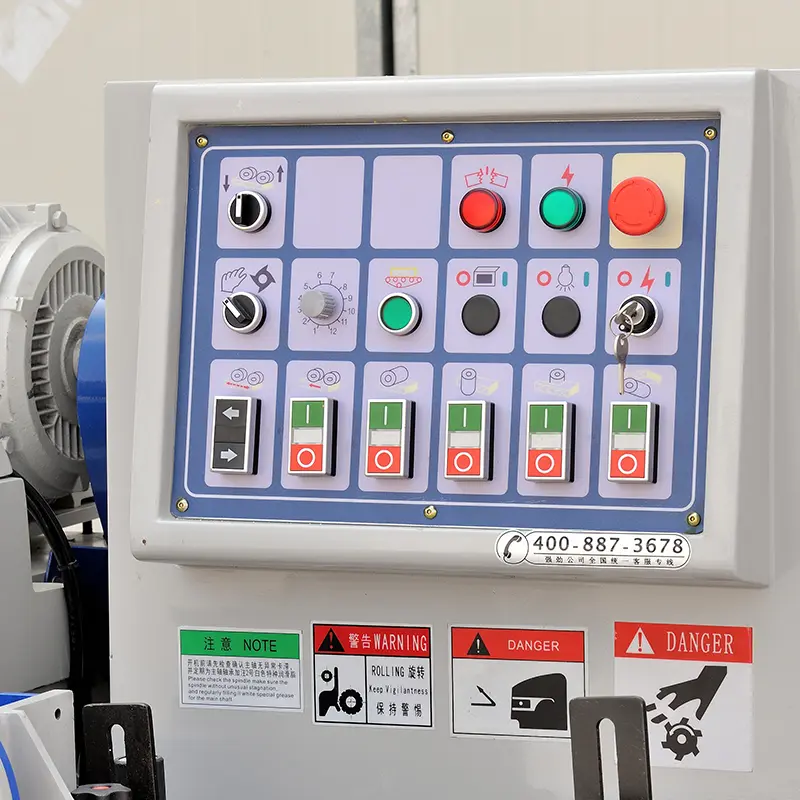According to the cutting movement and specific processing requirements, the structure of the planer is simpler than that of the lathe and milling machine, the price is lower, and the adjustment and operation are easier. The single-edged planer tool used is basically the same as the turning tool, with a simple shape, and is more convenient to manufacture, sharpen and install. The main motion of planing is reciprocating linear motion, which is affected by inertial force when going in the reverse direction. In addition, there is impact when the tool cuts in and out, which limits the increase in cutting speed. The length of the actual cutting edge of a single-edged planer is limited. A surface often needs to be processed through multiple strokes, and the basic process time is long. No cutting is performed when the planer returns to the stroke, and the processing is discontinuous, which increases the auxiliary time.
Therefore, planing is less productive than milling. However, for the processing of narrow and long surfaces (such as guide rails, long grooves, etc.), and when processing multiple pieces or multiple tools on a gantry planer, the productivity of planing may be higher than that of milling. The planing accuracy can reach IT9~IT8, and the surface roughness Ra value is 3.2μm~1.6μm. When using wide-edge fine planing, that is, using a wide-edge fine planer on a gantry planer to remove an extremely thin layer of metal from the surface of the part at a very low cutting speed, large feed rate, and small cutting depth. The force is small, the cutting heat is small, and the deformation is small. Therefore, the surface roughness Ra value of the part can reach 1.6 μm ~ 0.4 μm, and the straightness can reach 0.02mm/m. Wide-blade planing can replace scraping, which is an advanced and effective method of finishing flat surfaces.
operating procedures
1. Earnestly implement the relevant provisions of the “General Operating Procedures for Metal Cutting Machine Tools”. 2. Earnestly implement the following supplementary provisions
3. Do the following carefully before working:
1. Check that the feed ratchet cover should be installed correctly and tightened firmly to prevent it from loosening during feeding.
2. Before dry running test run, the ram should be turned by hand to move the ram back and forth. After confirming that the condition is good, it can then be operated manually.
4. Do your work conscientiously:
1. When lifting the beam, the locking screw must be loosened first, and the screw should be tightened during work.
2. It is not allowed to adjust the ram stroke while the machine tool is running. When adjusting the ram stroke, do not use tapping to loosen or tighten the adjustment handle.
3. The ram stroke must not exceed the specified range. Do not drive at high speed when using a longer stroke.
4. When the worktable is motorized or shaken by hand, attention should be paid to the limit of the screw stroke to prevent the screw and nut from becoming detached or impacting and damaging the machine tool.
5. When loading and unloading the vise, handle it with care to avoid damaging the workbench.
Post time: May-01-2024

